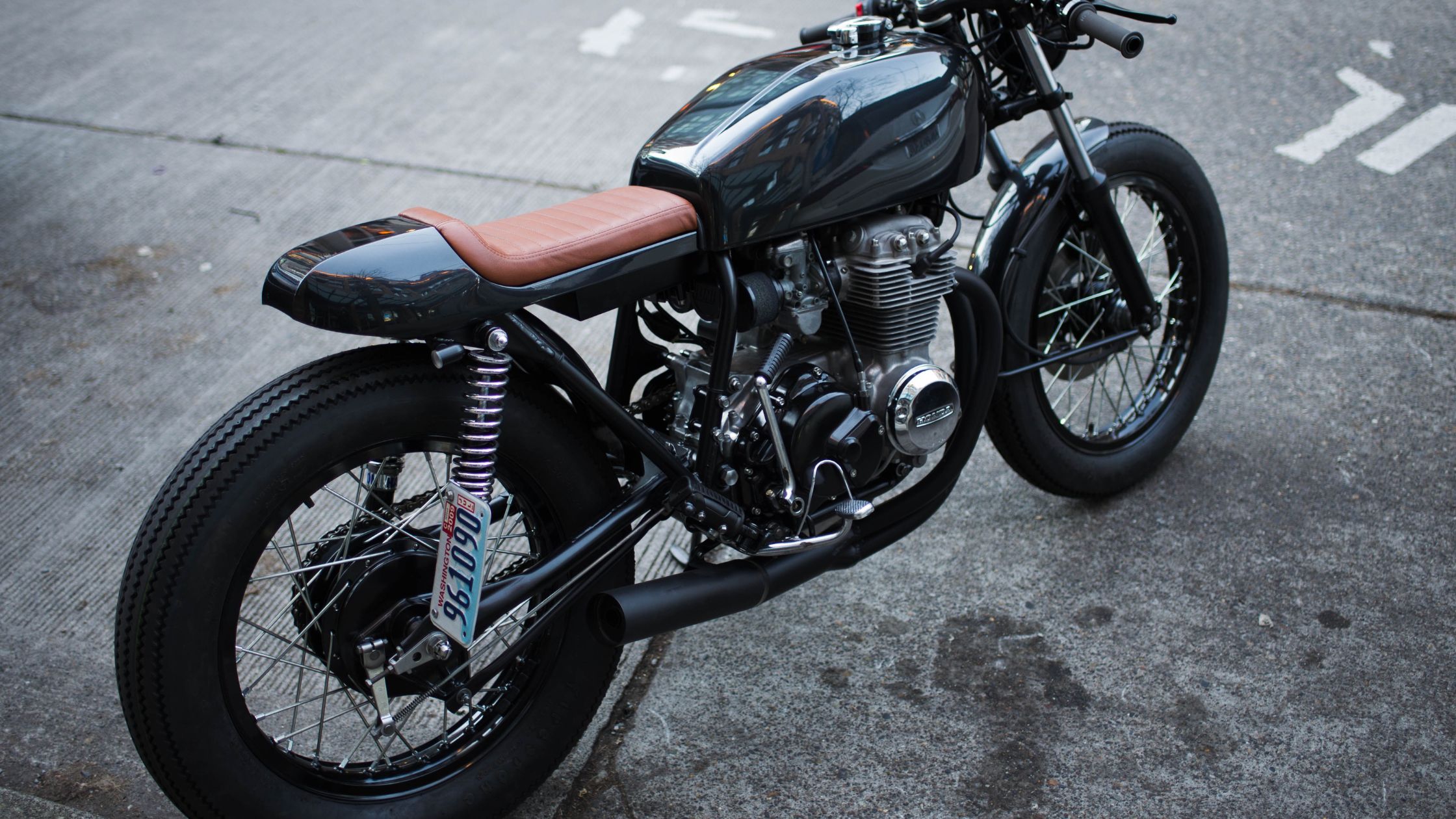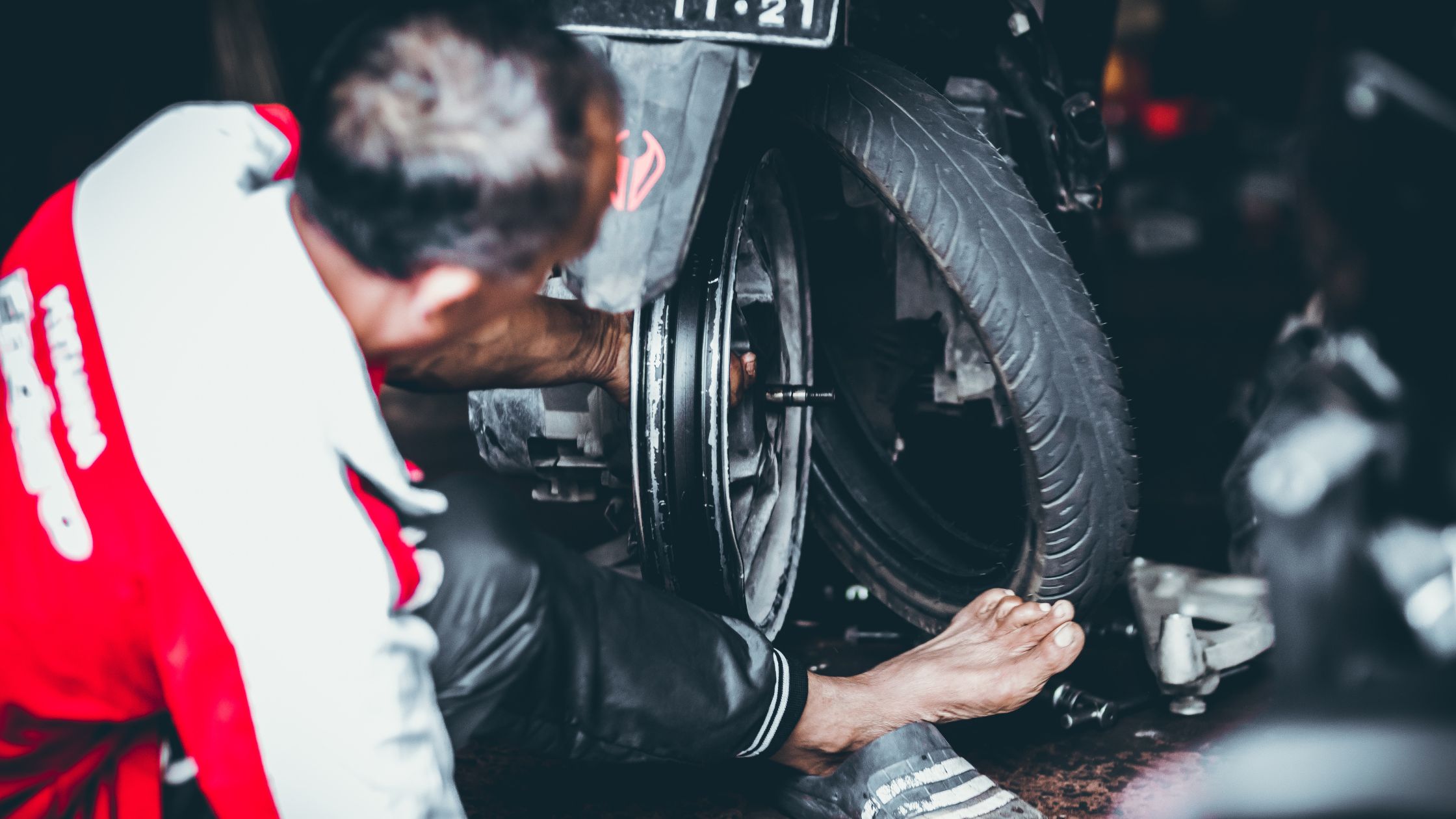Jika anda sedang mencari How To Control Motor Speed Using Myrio, anda berada di tempat yang tepat! Disini saya akan mencoba membahas beberapa pertanyaan mengenai How To Control Motor Speed Using Myrio.
Can you control speed with L298N?
This is the L298N dual H-bridge Motor driver. This motor driver can be used to control Dc motors that have voltages between 5 and 35volts, with a peak current of up to 2amps. As this is a dual H-Bridge motor driver, it can be used to control the speed and direction of two DC motors at the same time.
Can you control the speed of a motor with Arduino?
These two digital pins of Arduino control the direction of the motor. The EN A pin of IC is connected to the PWM pin 2 of Arduino. This will control the speed of the motor.
How do you control a brushed DC motor?
Brushed DC motors are simple to drive. Just give them a voltage and they go. Lower the voltage and they slow down. Reverse the voltage and they go backwards.
How does H-Bridge control motor direction?
An H-Bridge is made up of four switches: two in series, and two in parallel, with the load placed in between the switches. In this configuration the circuit takes an “H” shape. In order to change the direction of the voltage supplied, the H-Bridge controls the switches that deliver power to the load ( S1 ).
How does PWM and the H-Bridge help control the motor?
PWM is often used in conjunction with an H-Bridge. This configuration is so named because it resembles the letter H, and allows the effective voltage across the load to be doubled since the power supply can be switched across both sides of the load.
Which is better L293D or L298N?
L293D Drivers Operates at 4.5V to 36V whereas L298N can be Operates at up to 46V. Maximum 600mA Current can be drawn through both channels of L293D whereas L298N Motor Driver can draw up to 2A from both channels.
Can I use L293D instead of L298N?
No. Drive voltage or the external voltage required to run the DC motor can be anywhere between 4.5V to 36V for L293D whereas between 5V to 46V for L298N. The maximum output current through one channel of L293D is 600mA whereas L298N Motor Driver can give up to 2A from both channels.
Can we use L293D instead of L298N?
L293D is a quadruple motor driver that employs a half-H driver, whereas L298N is a dual full-H driver, which means that in L293D all four input-output lines are independent, whereas in L298N a half-H driver cannot be utilized separately, and only a full H driver may be used.
How can we change the speed of motor using PWM?
If such a signal is fed to a DC motor, we can change the speed of the motor by changing the duty cycle of the PWM signal. The change in pulse width is created by increasing the on-time (HIGH value) of the pulse while reducing the off-time (LOW value) by the same amount so that the frequency of the signal is constant.
Why is PWM used to control motors?
Driving a cooling fan motor with PWM causes the motor to respond to the average of the pulses. In this way, PWM mimics the linear control obtained through varying a voltage that changes over time. The average voltage equals duty cycle multiplied by the maximum voltage applied to the motor.
Do brushed DC motors need a controller?
In principle, as discussed above, a brushed motor does not require an external controller, as the change of magnetic field polarity is implemented through the brushes making and breaking the electrical pathway through the windings, achieving continuous rotation in one direction.
Do brushed DC motors need an ESC?
Brushed and brushless motors both require escs, but an esc is specific to brushed or brushless. IE, you have to buy the right type. There can be a few factors in choosing the correct esc, but the biggest factor is getting a current rating somewhat larger than the motor will draw.

Can we control speed of single phase motor?
The speed of the single-phase a.c. induction motor can be adjusted either by applying the proper supply voltage amplitude and frequency (called volt-per-hertz control) or by the changing of supply voltage amplitude with constant frequency (slip control).
Can VFD control single phase motor?
People often wanted to run the motors at reduced speeds so they asked, “Is it possible to add a VFD to my single phase motor?” In general, single-phase motors cannot be run with VFDs. However, it is possible to input a single-phase to a VFD and output variable voltage to a 3-phase induction motor.
How do you calculate VFD rpm?
((Synchronous Speed – Rated Full Load Speed) / (Synchronous Speed)) * 100% = Slip Rating. ((1800RPM– 1760RPM) / (1800RPM)) * 100% = (40RPM/ 1800RPM) * 100%. (40RPM/ 1800RPM) * 100% = . 022 * 100%. Slip Rating = 2.2%.
How does DC motor speed controller work?
Thus, the speed of a DC motor can be controlled in three ways: By varying the supply voltage. By varying the flux, and by varying the current through the field winding. By varying the armature voltage, and by varying the armature resistance.
How does a 3 phase motor controller work?
The motor controller has small, high-speed switches which turn on and off thousands of times a second. Each switch creates a small increase or decrease in voltage. Together, they create a stair-step wave–a wave that takes very small steps to emulate the curve of a real AC wave.
How can I reduce the speed of a 12 volt fan?
Simple Fan Speed Control All we need to do is insert a rheostat or variable resistor in the 12V wire to the fan. The rheostat should be rated at least 3 Watt, (for fans up to 10Watt), and have a resistance of 20 – 50 Ohms.
What is an H bridge motor controller?
The H-bridge is an electronic circuit that looks like the letter H. An H-bridge is used to drive a load, such as a brushed DC motor, in both directions. And it controls the flow of current to a load.
Why H-bridge is used in driving DC motors?
H Bridge is a simple electronic circuit which enables us to apply voltage to load in either direction. It is commonly used in robotics application to control DC Motors. By using H Bridge we can run DC Motor in clockwise or anticlockwise directions.
Where is H-bridge circuit used?
A H-bridge is an electronic circuit that switches the polarity of a voltage applied to a load. These circuits are often used in robotics and other applications to allow DC motors to run forwards or backwards.
What is a half H bridge?
As the name implies, a half H-Bridge has half the functionality of a regular H-Bridge. This means that a half H-Bridge can apply varying amounts of power to the motor, but can not change the motors direction.
What is motor control PWM?
If we switch the power on and off quickly enough, the motor will run at some speed part way between zero and full speed. This is exactly what a p.w.m. controller does: it switches the motor on in a series of pulses. To control the motor speed it varies (modulates) the width of the pulses – hence Pulse Width Modulation.
What is PWM speed controller?
As its name suggests, pulse width modulation speed control works by driving the motor with a series of “ON-OFF” pulses and varying the duty cycle, the fraction of time that the output voltage is “ON” compared to when it is “OFF”, of the pulses while keeping the frequency constant.
Terimakasih telah membaca How To Control Motor Speed Using Myrio, semoga jawaban dari pertanyaan anda telah saya jawab semua. Semoga bermanfaat!
 Mobil Series Situs Mobil Terbaik se-antero Bintaro
Mobil Series Situs Mobil Terbaik se-antero Bintaro
